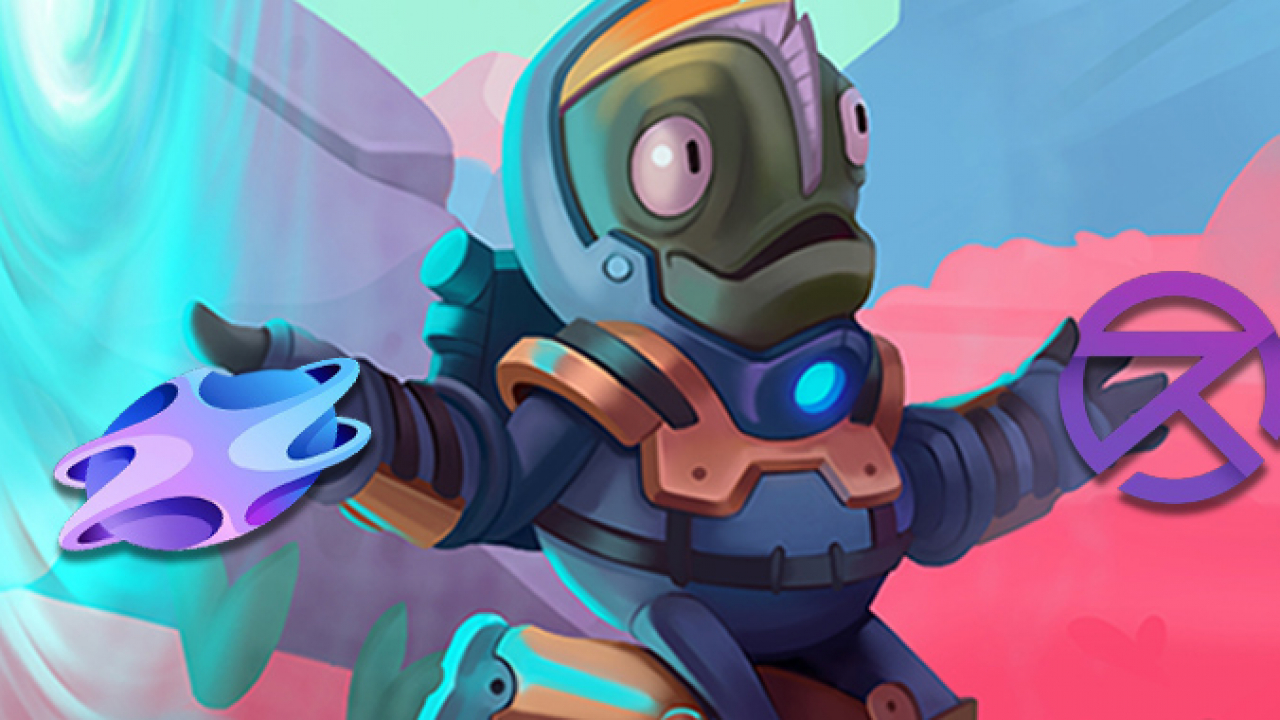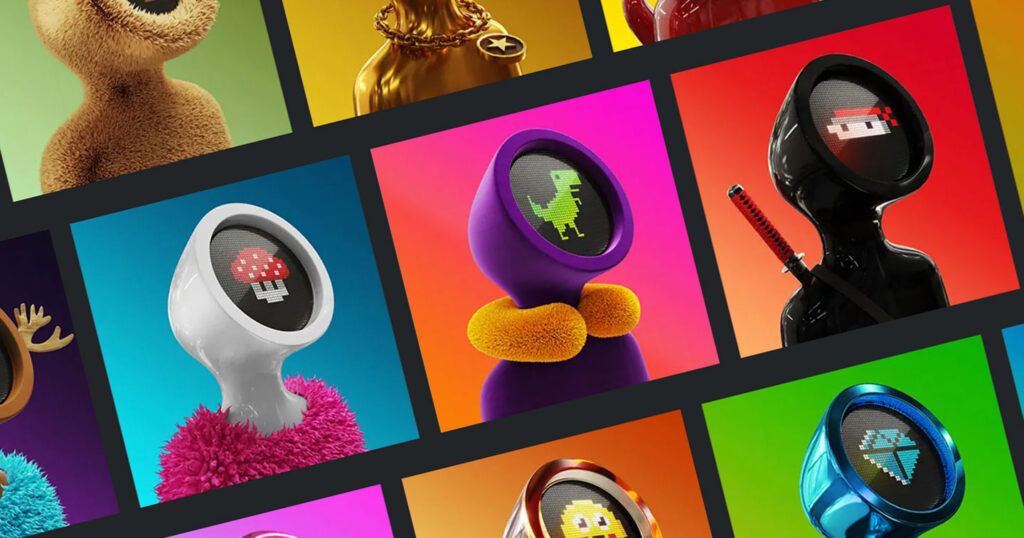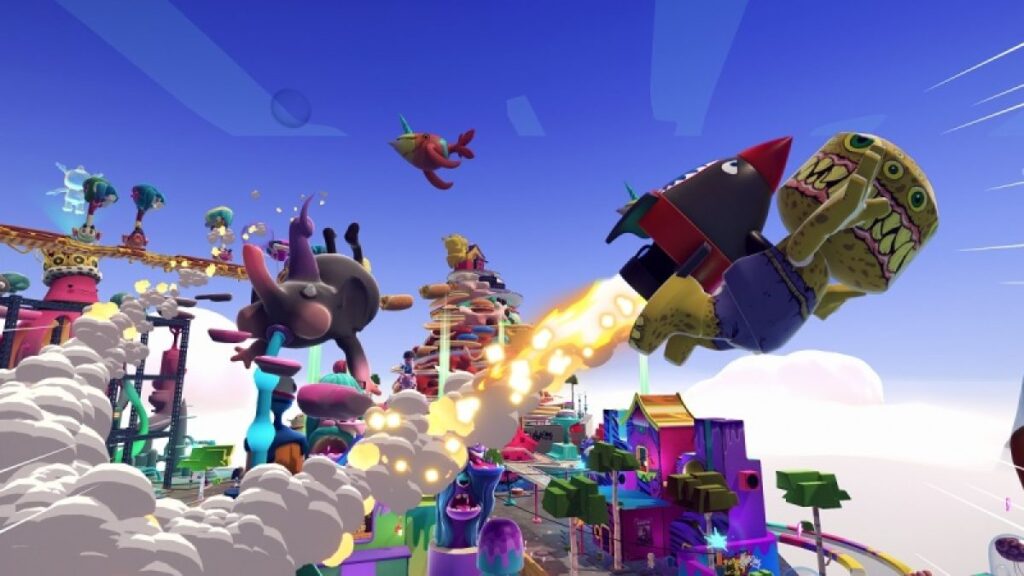
NFT games or Crypto
Few industries are immune to the crypto craze, but many game developers have embraced it wholeheartedly. Many gaming-related collectibles can now be claimed as NFTs, but some “play-to-earn” NFT games have gone even further by including crypto and NFT as stakes.
P2E NFT games is a game that you can play for as long as you want
Play-to-earn NFT games, also known as P2E NFT games or simply crypto NFT games, are those that incorporate cryptocurrency and NFTs into the gameplay. Rather than purchasing the game itself, you frequently purchase items within it, such as characters, weapons, and just about anything else.
This isn’t an unusual model; many NFT games, particularly so-called free-to-play (F2P) NFT games like tezotopia, use it. These NFT games allow you to play for free and even earn items through gameplay, but the good stuff is usually hidden behind a paywall—or a long and tedious grind.
Play-to-earn, on the other hand, differs from free-to-play in that you can trade and sell your assets to other players. Because many of these assets are NFTs or can be converted to them, this is the case. Learn more benefits of playing nft games.
Axie Infinity is a fictional character created by Axie
To demonstrate this, consider the system used by Axie Infinity, one of the most popular P2E NFT games (and one that recently lost over $600 million). The game’s concept is simple: players take control of “axes,” small fantasy creatures, and battle them against the axes of other players. It’s similar to Pokémon, but in a more commercialized form.
Axes can be obtained either by purchasing them ready-made from the in-game store or by breeding them. Breeding requires the use of AXS, the game’s currency, and a “small love potion,” or SLP. AXS and SLP can be earned through gameplay (fighting other players, competing in tournaments, etc.) or purchased from the store.
What makes Axie Infinity unique is that you are not only spending money, but also earning it. You can sell your surplus resources and rare axies on the marketplace, for example, if you have bred a rare axie. Whereas in F2P NFT games, all money goes one way—to the developer—in P2E NFT games, some money goes both ways. Some people even make a living by playing it.
The Business Model of P2E
However, not as much as you might think flows back. In a world where everything costs money, the people in charge of that environment have figured out how to adjust things so that they always come out on top. After all, there wouldn’t be much of a business left if they didn’t.
As a result, everything in Axie Infinity is a financial investment. Obtaining an axie will cost you a few Ether—the game’s cryptocurrency—SLPs cost Ether, and AXS costs Ether. Although many of these resources can be earned in-game, they are frequently set on timers, limiting the amount you can earn unless you spend real-world money.

On paper, you could play the game for very little money: buy the starter axees, grind until you have enough AXS and SLPs to get new critters, and then go from there. P2E NFT games, on the other hand, have taken a page from the book of psychological tricks used by F2P NFT games and set up players to buy even more into the game.
For example, there are so many different axies and traits for them that you’re constantly tempted to collect more of them—anyone who has ever collected anything knows how addictive it can be. These characteristics carry over into gameplay, and players who invest in the game are more likely to have better traits for their axes.
As a result, free players are frequently grinded into dust by paying players. As a result, free players are either turned off from the game or are forced to increase their spending in order to stay competitive. It’s a difficult cycle to break, and it can be the start of an addiction.
Additional P2E NFT games
To be clear, we’re only using Axie Infinity as an example; other P2E NFT games, such as Gods Unchained or the upcoming Illuvium, employ similar strategies in slightly different ways.
Gods Unchained, a card-based battle game similar to Magic: The Gathering, is technically a free-to-play game. Your cards are collectible, but they require a special action in order to become tradable NFTs. They’re just game assets until then. However, if you want good cards, you’ll have to spend some money to expedite the process.
Illuvium, which is also about letting fantasy beasts fight each other, pulls back the curtain completely and advertises that it will host betting on player fights as well as allowing you to trade fighters with other players.

Do You Really Have Control Over Your In-Game Assets?
It’s not just the structure of P2E NFT games that should cause concern; it’s also what it promises. The concept is that you play the game or pay to play it, and you own your assets: axes, cards, or whatever else the game has to offer. After all, they’re NFTs, and you’re the owner, not the game studio. On its website, Gods Unchained makes a big deal out of it.
Reality, on the other hand, demonstrates that it isn’t quite that simple. NFTs have a major flaw: if the server that the records are stored on fails, your NFTs will vanish into thin air. This has also happened recently.
F1 Delta Time, for example, was a game in which you raced cars that were tokens in and of themselves. It recently went bankrupt, rendering all associated NFTs worthless. That’s a lot of money up in smoke, especially considering some people paid the equivalent of a house for some of their cars.
There are also more traditional dangers, such as theft. In March 2022, Axie Infinity, for example, was the victim of a security breach that resulted in the theft of $600 million. Given the amount of money held in online accounts, they’re a tempting target for criminals looking for a quick buck.
Final thoughts
Play-to-earn NFT games, also known as P2E NFT games or simply crypto NFT games, are those that incorporate cryptocurrency and NFTs into the gameplay. Rather than purchasing the game itself, you frequently purchase items within it, such as characters, weapons, and just about anything else.
This isn’t an unusual model; many NFT games, particularly so-called free-to-play (F2P) NFT games, use it. These NFT games allow you to play for free and even earn items through gameplay, but the good stuff is usually hidden behind a paywall—or a long and tedious grind.
Play-to-earn, on the other hand, differs from free-to-play in that you can trade and sell your assets to other players. Because many of these assets are NFTs or can be converted to them, this is the case.